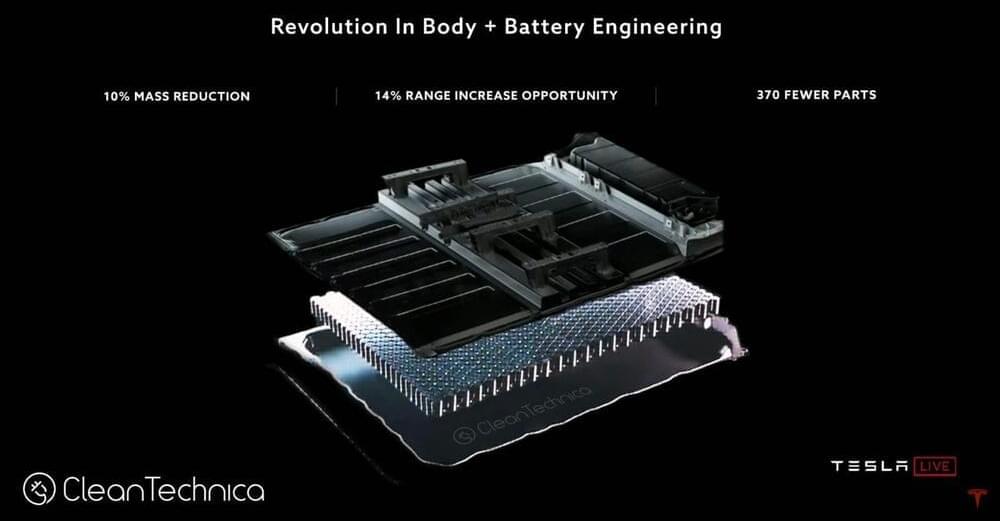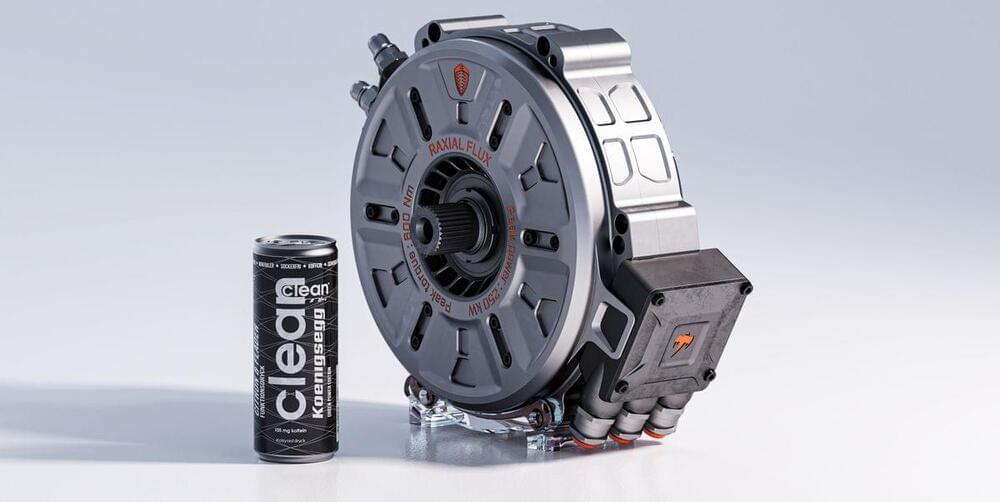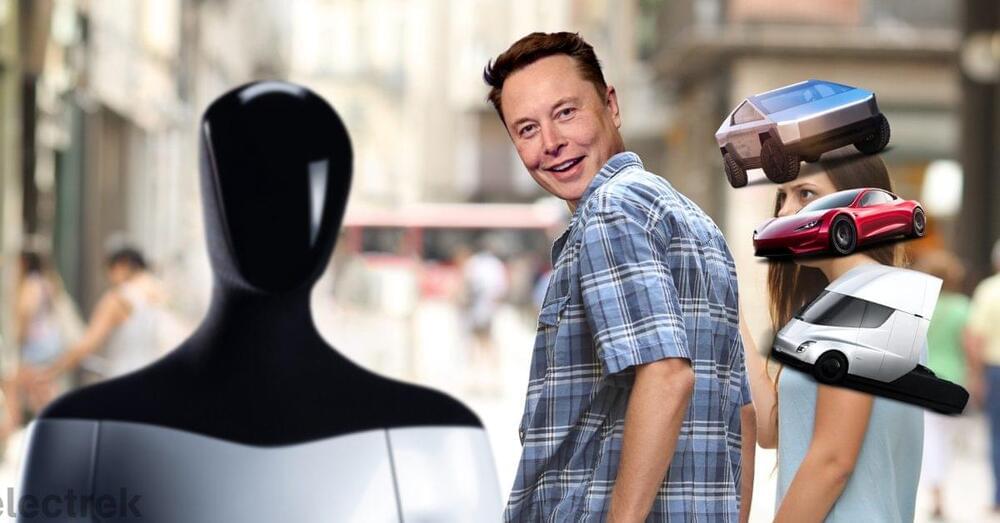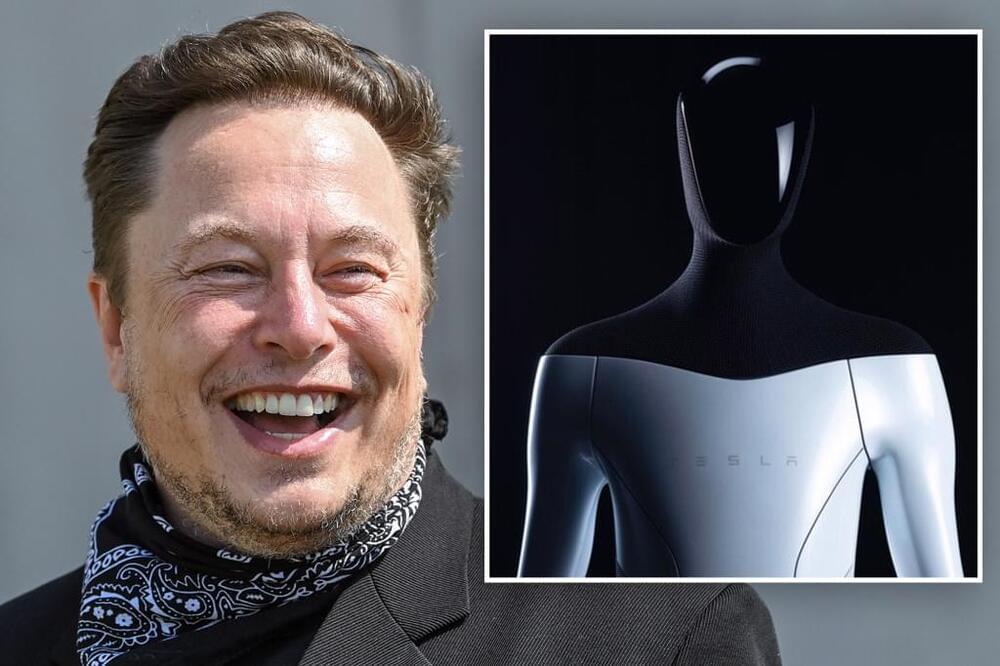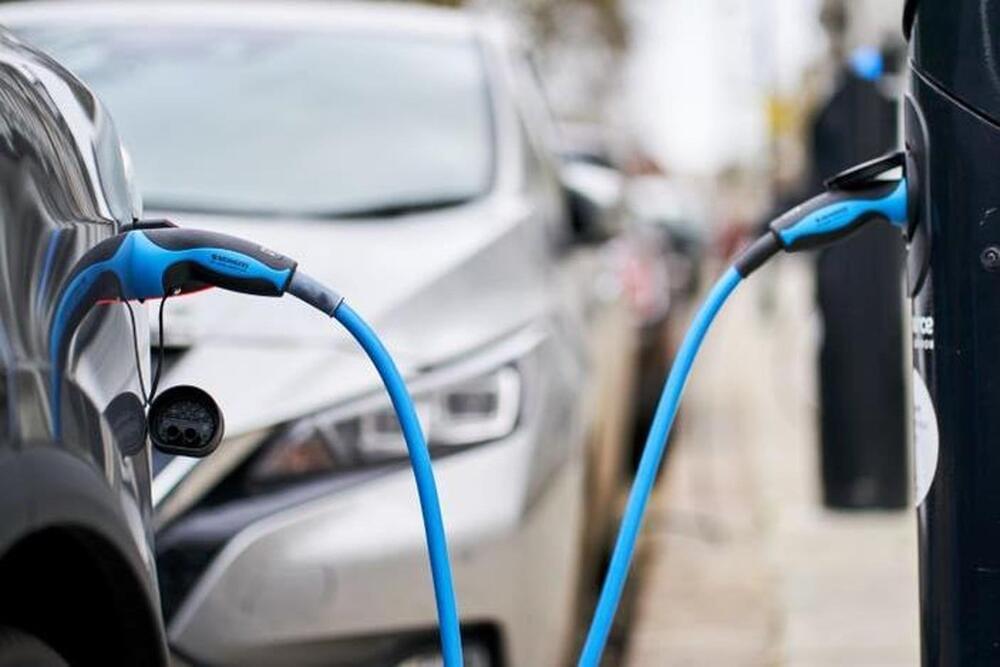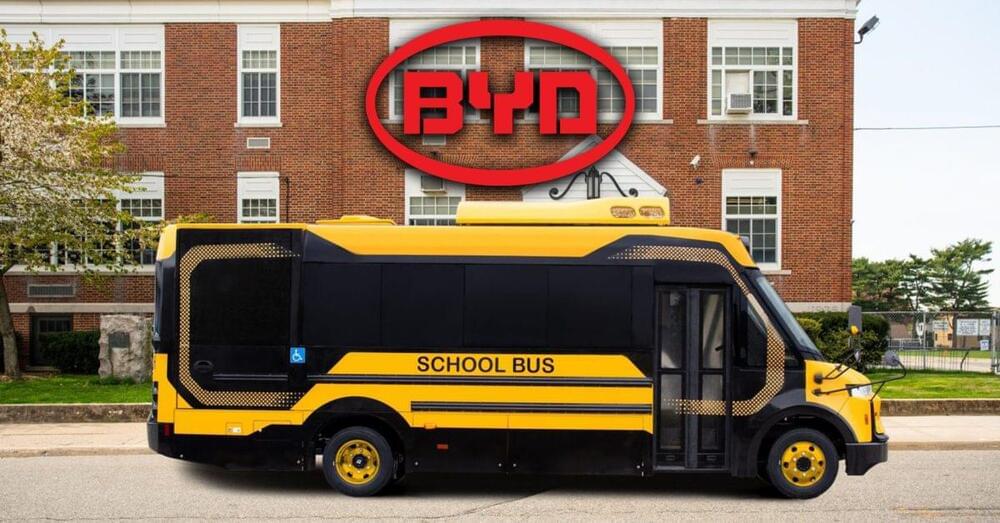Stelco, which is a steelmaker producing flat-rolled, cold-rolled, and hot-rolled steel products, has announced that it is entering the electric vehicle battery recycling market through agreements with Primobius GmbH.
The company executed binding licensing and option agreements with Primobius to commercialize Primobius’ EV battery recycling and processing technologies in North America. Under the agreement, Stelco will be able to advance commercial lithium-ion battery feedstock sourcing agreements. It will also allow the company to begin the engineering and approval processes. The agreement enables Primobius the right to acquire between 25% and 50% equity in Stelco’s wholly-owned subsidiary.
The proposed Lake Erie Works refinery will enable Stelco to join the ranks of lithium-ion battery recycling leaders in North America. The integrated shredding and hydrometallurgical refinery will produce up to 18,400 net tons per year of nickel, manganese, and cobalt sulfates, and lithium hydroxide and carbonate. It’s expected to generate up to 40,000 net tons per year of scrap steel that Stelco will recycle into its steelmaking operations.
